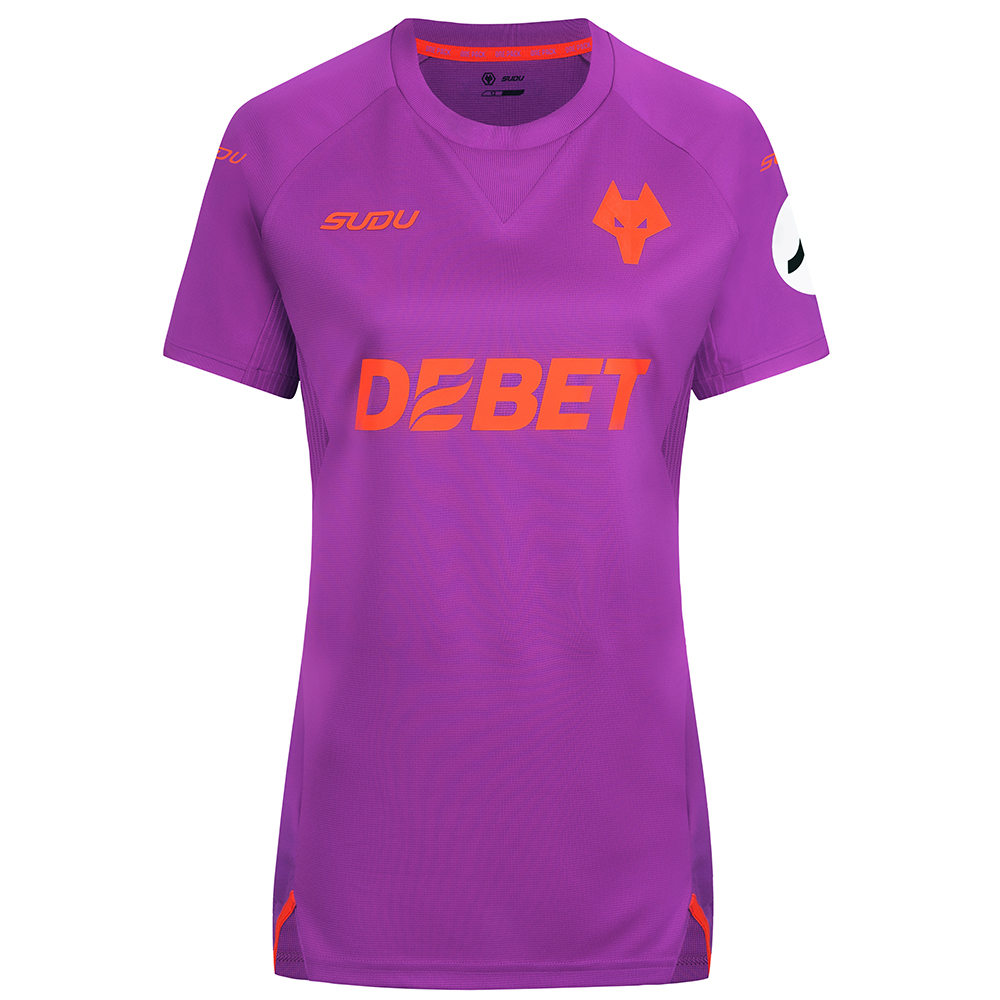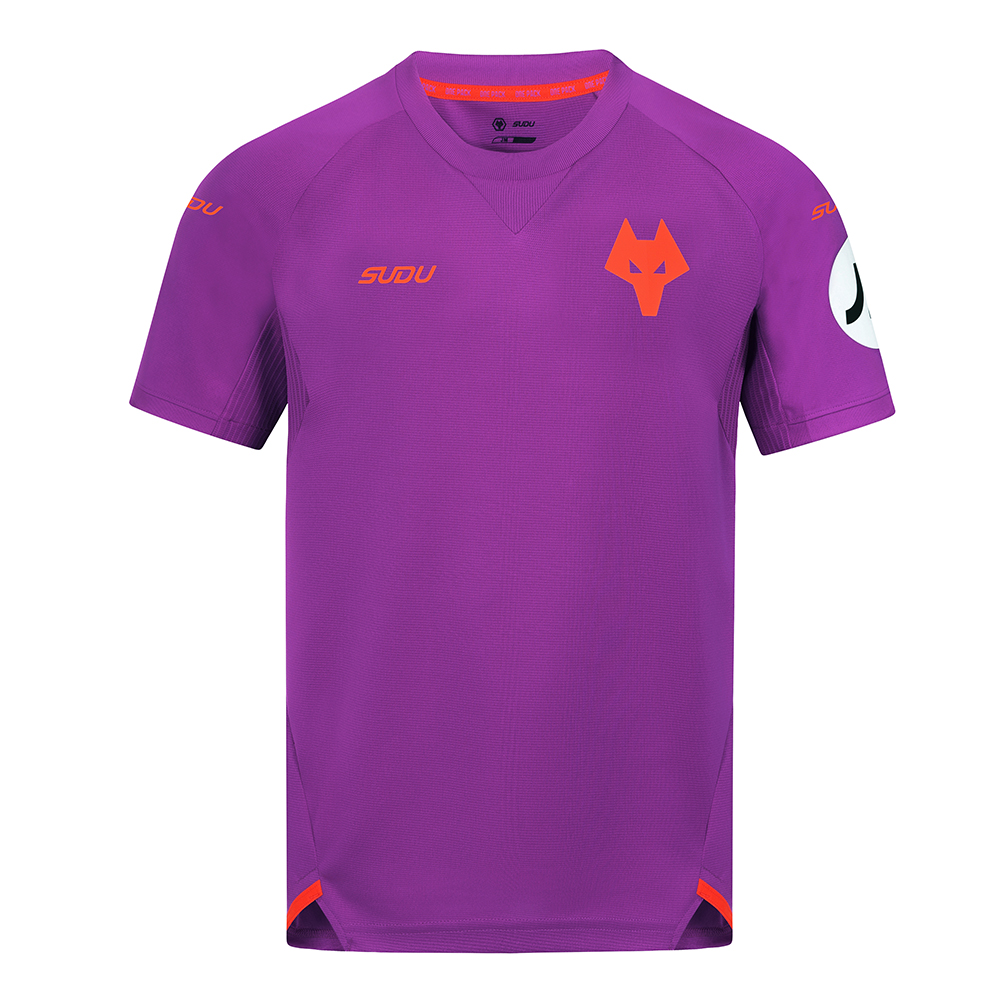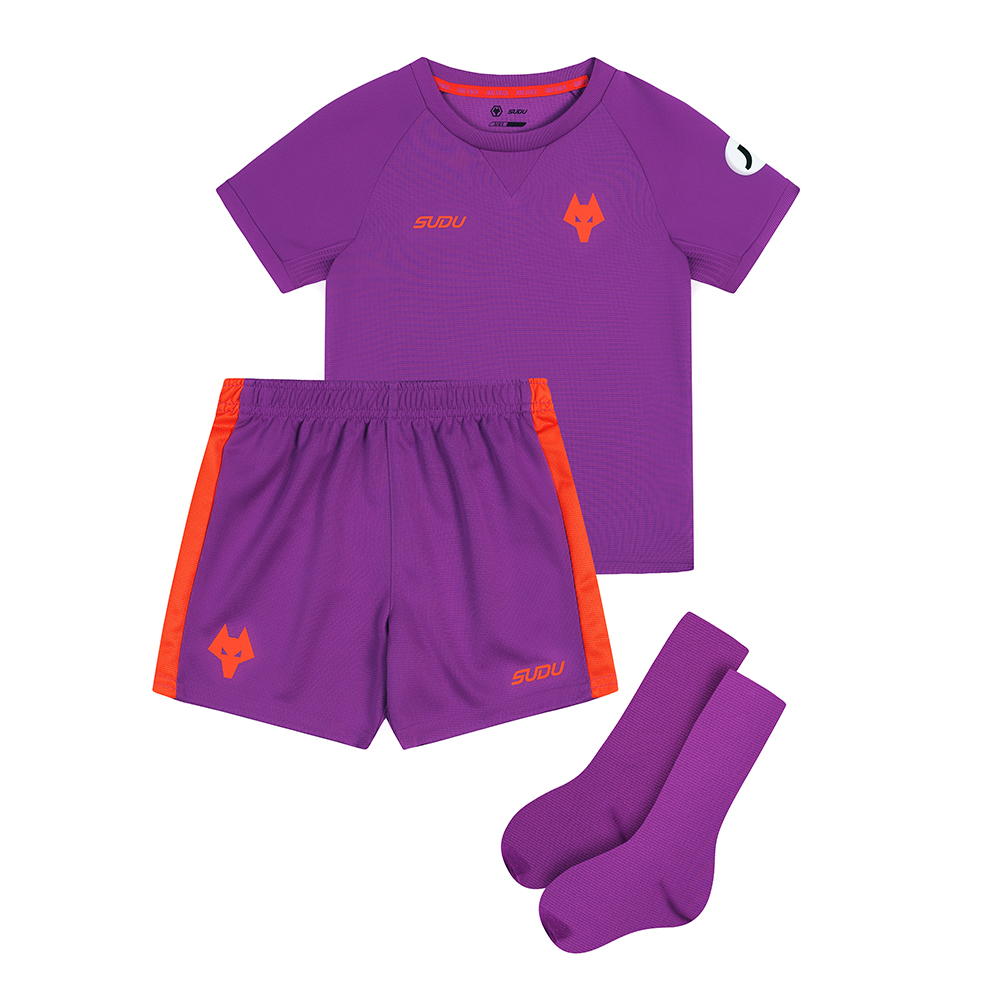Individual detail and specialist roles within the academy allow for a much wider and varied approach to the development of players coming through the system at Compton Park.
Led by the analysis department, the youngsters are given insights into team and individual performance to support the workflows of analysis pre and post-match.
Using data and having something objective to work with is integral to Sam Langston, whose role at the academy focuses on research and methodology analysis. He uses tactical, technical and physical measures to highlight playing style, identity and key trends within performance to ensure the naked eye and results aren’t relied on as the only measure.
Langston believes that if the academy can measure what they want to see, then everyone is on the same page in terms of clarity, meaning the right process is in place for the result to follow. While his role mainly entails working with the elite player department, Langston was able to help provide the under-15s with a different style of analysis when he travelled with the squad to Costa Brava for a tournament over the Easter break.
On exposing the younger players to more data
“With my role being more about the research and methodology, it includes a bit more data to what the boys are usually exposed to.
“In some of the analysis sessions we did a lot more around looking at the data within the game to try and get an objective view of how we were doing.
“We did a lot around second balls and had a little competition which was quite good. One of the lads got a prize at the end for winning the most second balls.
“Prior to the tournament, we did a fair bit of analysis on set plays. A third of all goals are scored from dead ball situations – it’s an area we’re increasingly looking towards to gain an advantage.
“Me and Jon Pickering (U15-16 performance analyst) went through some research with four or five of the group. There are certain trends in how the top sides set up that maximises their chance of scoring. We then discussed this as a tour group and created a few routines.
“It was important to give the boys some ownership – that’s how you create buy-in.
“We were trying to give the players something they’ve not been exposed to before – linking the data and the video and trying to measure what we were doing while we were out there.”
On getting the right balance
“We didn’t go over the top with the analysis – just because it’s hard in a tournament environment to do that anyway.
“In tournament football it’s a very quick turnaround so we had days where we’d be playing two or three different games.
“After the first game, we did an analysis session the following morning where we looked at the data and linked it into the clips – what we did well in terms of our style of play and what we wanted to see from a principles and methodology point of view.
“It was important to give the boys some say in it where they took responsibility and were engaged.
“We filmed all games with wide angle footage so the technical staff could review games as and when. These were then coded and uploaded to Hudl so the boys could review their individual clips.
On how the players responded
“There are a few lads in the group who are quite energetic and naturally engaging. If you show them stuff, then they’ll be interested.
“I think it helps by showing them a different side of the analysis. We tend to only get data from external companies for the 18s and the 21s.
“The fact that we could do some bespoke stuff with the lads who hadn’t been exposed to it and give them a different style of analysis was really good.
“Once they come up into the 18s and the 21s, they’re exposed to the data work the further they come up the academy.”
On facing European opposition
“The teams we played were quite direct so it was a different challenge to what the boys are used to here where there’s more football played on the ground.
“It was disappointing that we couldn’t go further in the tournament, but there was plenty to take away in terms of building a rapport with the boys and giving them a different experience from an analysis perspective.”



























